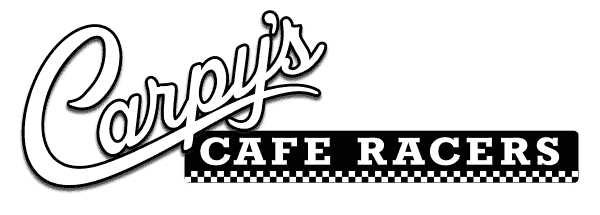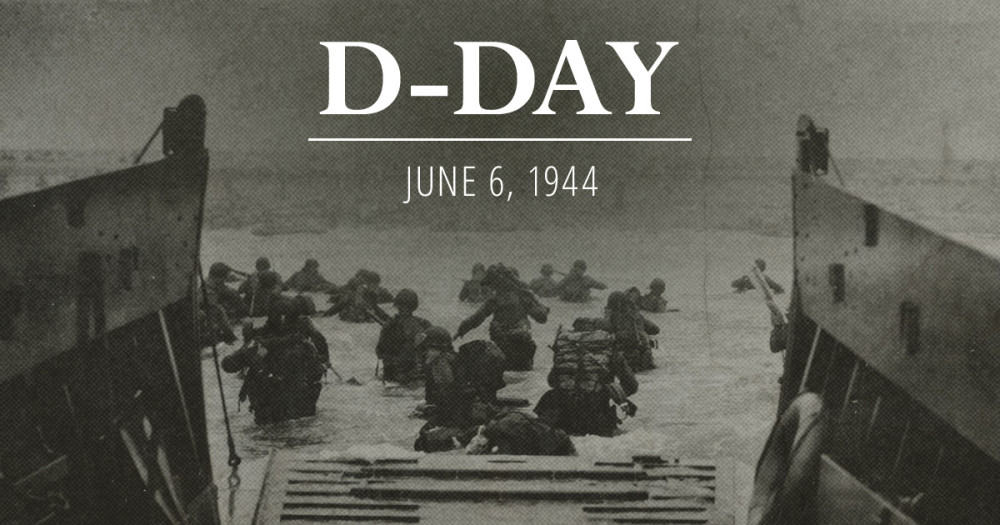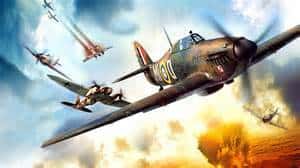During World War II (1939-1945), the Battle of Normandy, which lasted from June 1944 to August 1944, resulted in the Allied liberation of Western Europe from Nazi Germany’s control. Codenamed Operation Overlord, the battle began on June 6, 1944, also known as D-Day, when some 156,000 American, British and Canadian forces landed on five beaches […]
Tag Archives: RAF
Battle of Britain flypast commemorates 75 years since the ‘Hardest Day’ 18 Spitfires and six Hurricanes flew three routes across southern England The event recalled 18 August 1940, when Bromley’s Biggin Hill and other South East military bases came under attack from the German Luftwaffe. It became known as the “hardest day” as […]


